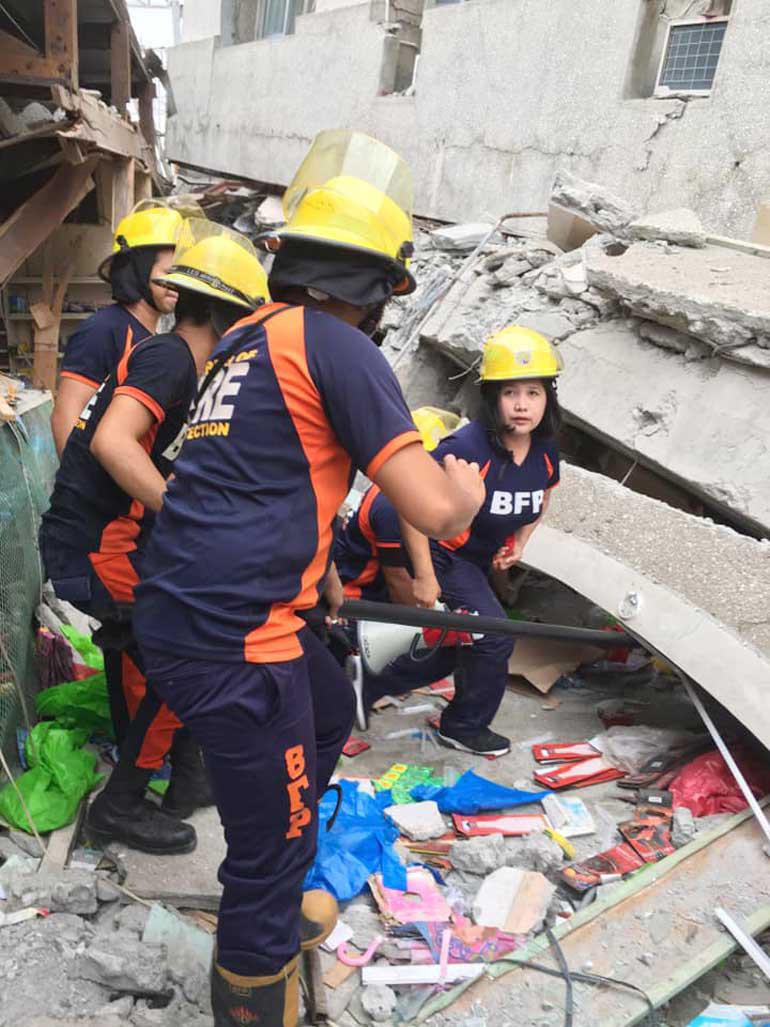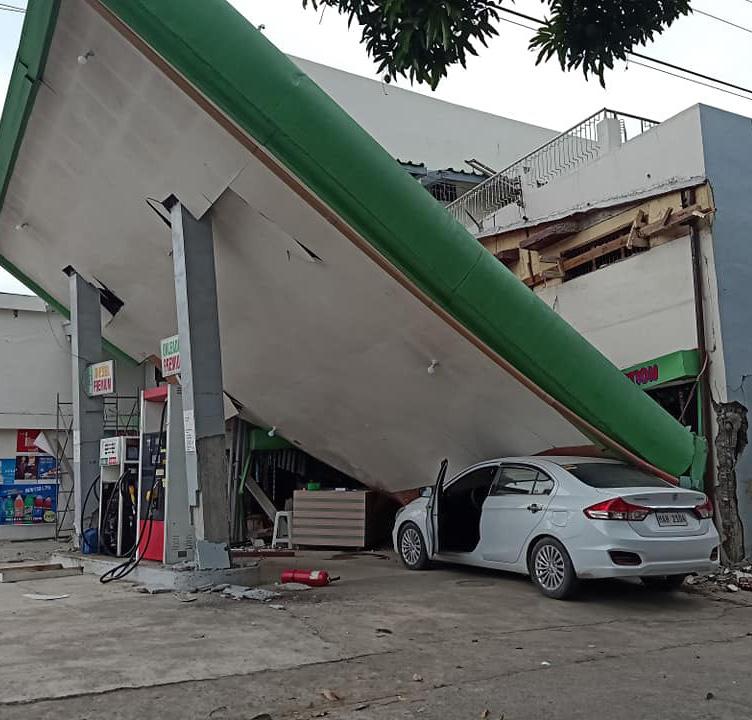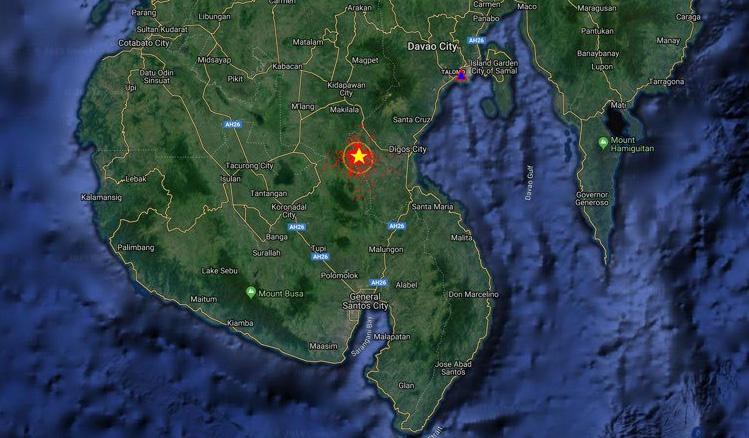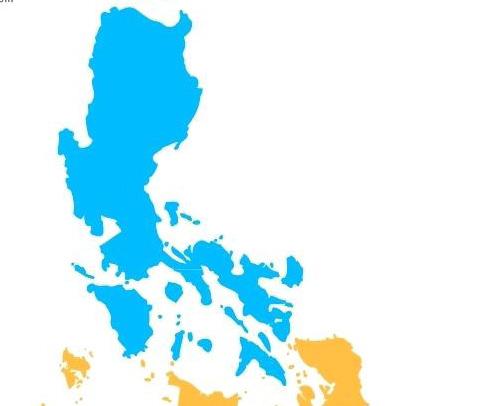
2 minute read
Shaky Thoughts about Mindanao Quakes
from Burador


Advertisement
BY FELIPE DIMACULANGAN, II
From Oct. 16–31, not less than magnitude 6 earthquakes jolted Cotabato City and other parts of Mindanao, leaving 23 people dead, more than 500 injured, and 185,000 homeless. As if this series of quakes was not enough, another 6.9 temblor hit Davao del Sur on Dec. 15 with over 700 aftershocks recorded on Dec. 17 and a day after reports account nine dead, at least 111 injured, some missing and believed to be trapped under collapsed buildings, and thousands rendered homeless in dire need of food, water, shelter, and medical assistance.
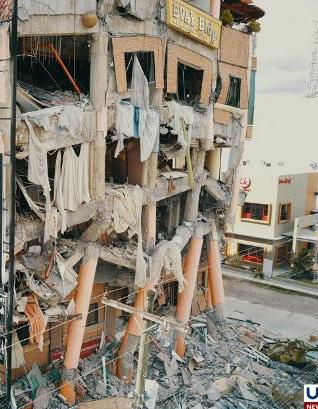
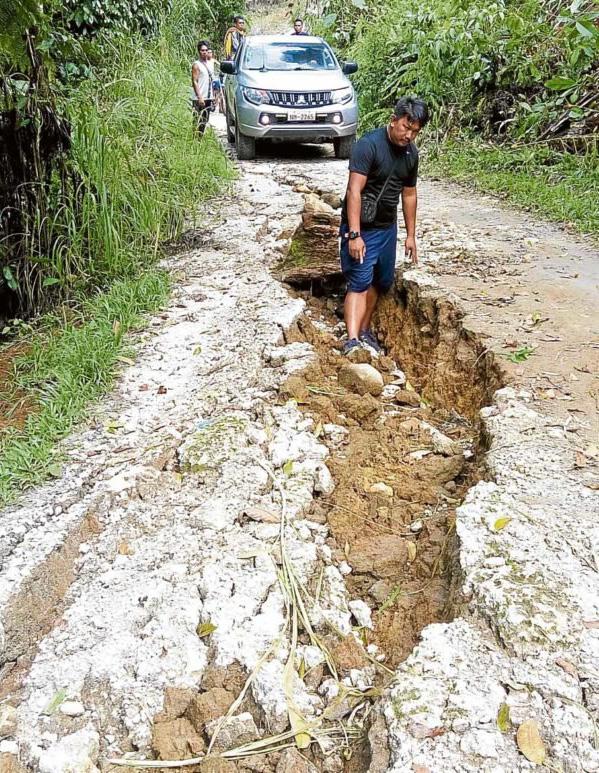
Image courtesy of google.com
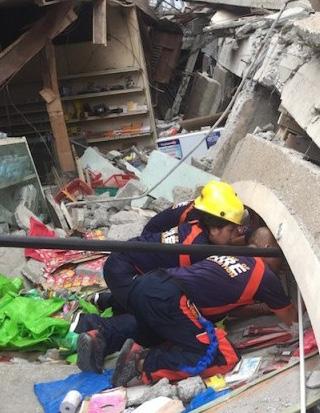
Local residents now ever grip in prayer despite the repeated attempts to shaken their faith. They fear such eventful calamity is a wake-up call making it crys- tal clear that the world takes its retaliatory toil against human negligence. In theistic discussion, could this be a sign that the Last Days are already counted and that we are nearing the end? What bothers laymen and scientists alike is the possibility that an earthquake as strong as magnitude 6 could be produced again and again at the same re- gion in a short time period. In theory, aftershocks that follow the main shock should be of lower magnitudes. This is explained by the Gutenberg-Richter Law that the magnitude is related to the number of earthquake occurrences. On record, it was a magnitude 6.3 that struck on Oct. 16 followed by a 6.1 and a 6.6 on Oct. 29 and then a 6.5 on Oct. 31. Can someone enlighten this seemingly bizarre case? Perhaps the Philippine Volcanology and Seismology (Phivolcs) can shed light into this matter. To explain the recent incidences, scientists use the principles of Coulumb stress transfer (CST) theory. Working on this principle, when magnitude 6.3 rocked North Cotabato on Oct.16, it triggered nearby fault lines to release accumulated stress over time generat- ing another quake in the same range of 6 that rattled almost the same place on Oct. 29 and 31. It also appears to be the similar reason for the fifth earthquake above magnitude 6—the latest 6.9 in Padada, Davao del Sur, still in Mindanao. Mercy just may it be considered that there were no afterward tsunami threats or warnings. Cotabato region traces the M’lang Fault, Makilala-Malungon Fault, North Columbio Fault, and South Columbio Fault. Studies showed that western extension of Mindanao Fault and Cotabato Trench further make the place vulnerable to quakes. Too, crumbled homes and buildings and frac- tured structures were notable. It is deeply marked in our minds that earthquakes are unpredictable and no one can force it to stop from happening. The Re- public cannot just spend lavish sum of money to re- construct infrastructure doomed by typhoons and earthquakes and whatever natural disasters there may come. Build the toughest possible foundations so it is not only the money but the millions of lives they can save. Now the question looms in: Are we ready for the Big One? ***
